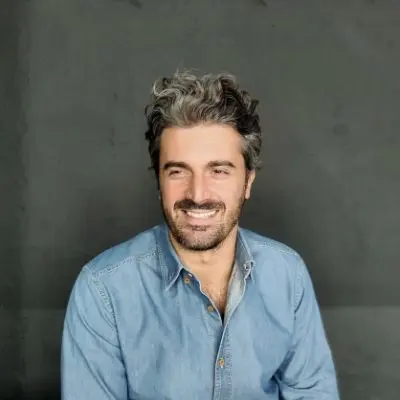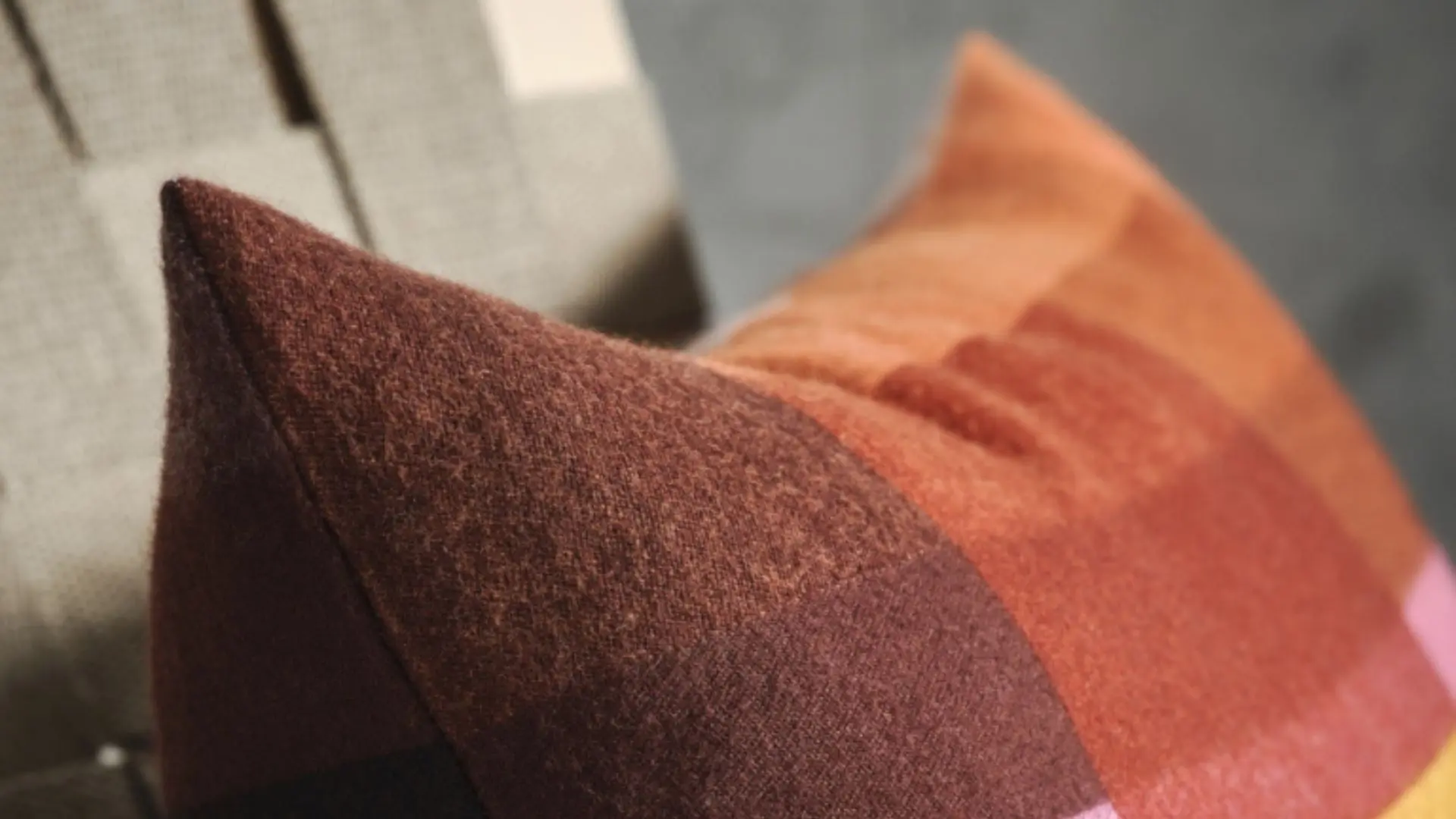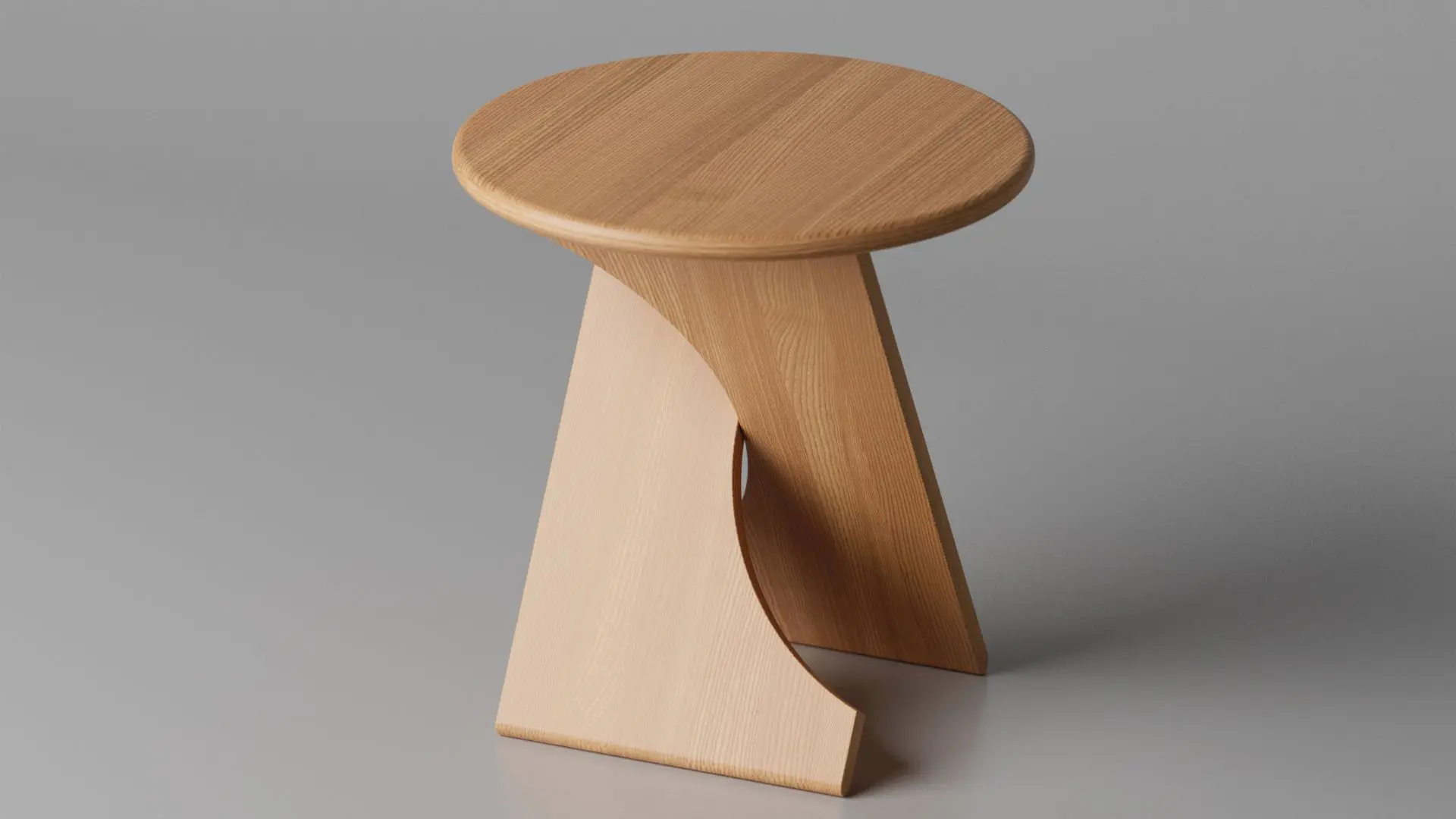Crafting design through technology and experience – meet Studio 7.5
Studio 7.5 emphasizes the importance of choosing the right environment—whether in a company or a studio—for growth and creativity, advising designers to stand firm in their convictions.
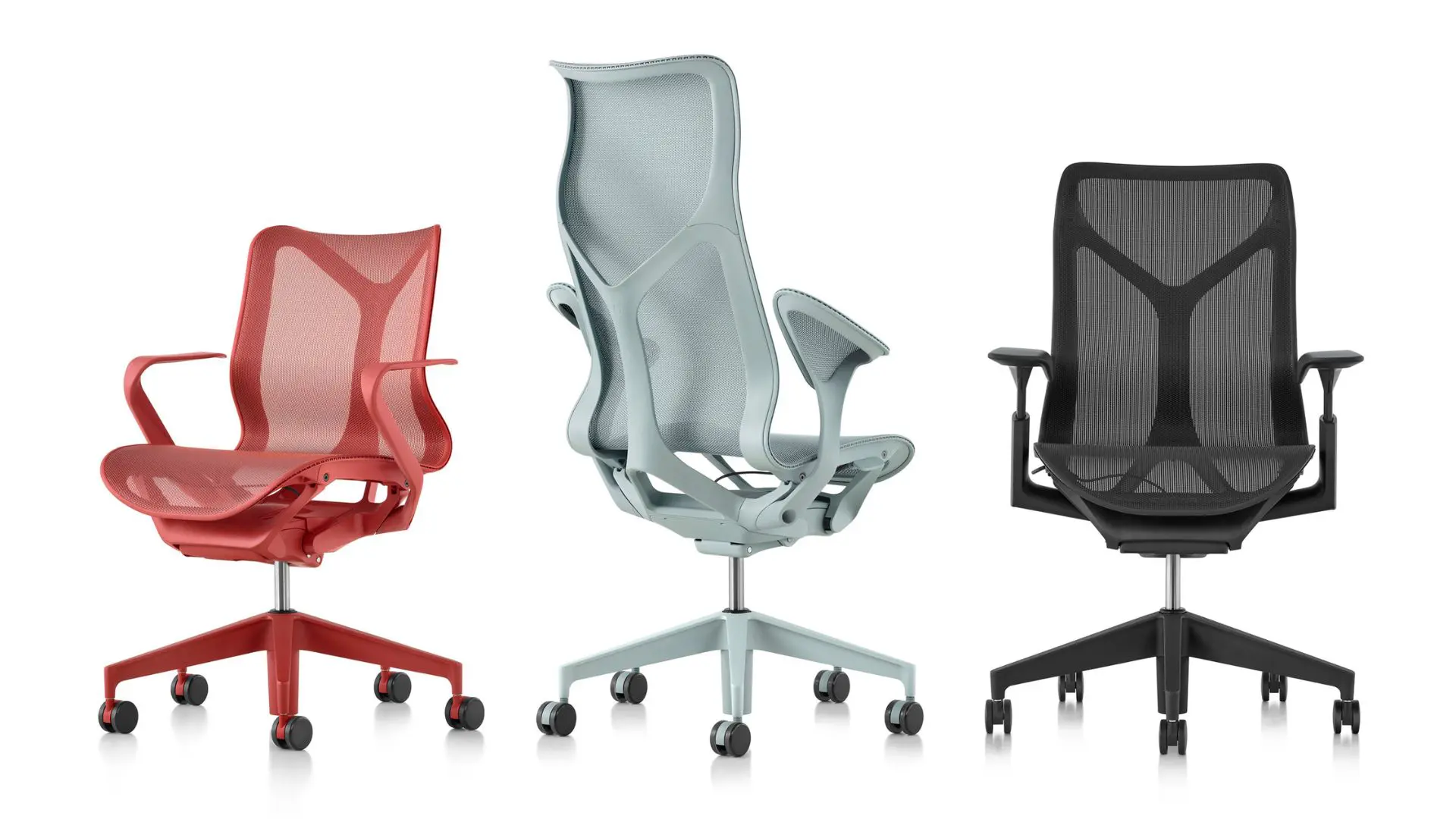
Studio 7.5, founded in 1992, has built its reputation by exploring the intersection of technology, human behavior, and culture, without limiting itself to a specific design category. Their approach to design is rooted in user experience, prioritizing intuitive interaction and allowing the challenges of a project to shape the final form.
The studio seamlessly integrates product, interface, and communication design, viewing the entire design process as a form of communication. Their long-term collaboration with HermanMiller, resulting in iconic designs like the Cosm chair, highlights their commitment to trust and iterative development. Studio 7.5 emphasizes the importance of choosing the right environment—whether in a company or a studio—for growth and creativity, advising designers to stand firm in their convictions.
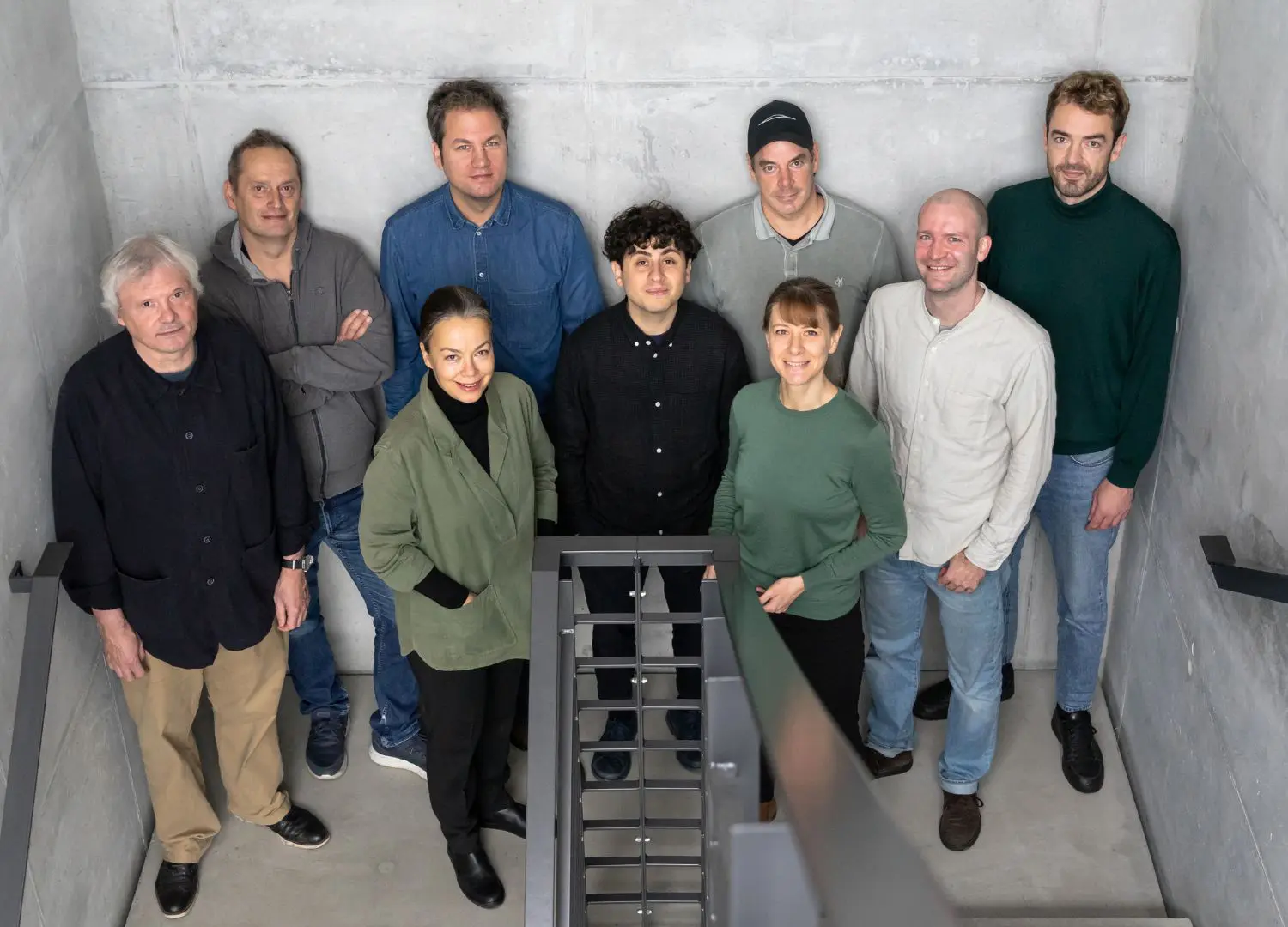
What is the background of Studio 7.5? How did it start and what is it specialized in?
Studio 7.5:
“We started the studio in 1992. We were always interested in exploring new technologies and understanding their impact on human behavior as well as their wider implications on culture and its artifacts and rituals. So we didn’t specialize in a category of design rather than using a certain way to observe and approach problems. In those three decades digital technologies fundamentally changed the way we all work. In particular complex development processes all of a sudden became more accessible for designers, thus allowing us to implement aspects of craft into industrial design.”

What are your guiding principles and approach to design?
Studio 7.5:
“We approach design through the lens of experience. We ask ourselves: how do people interact with their environment, objects and technology? What is their mental model to understand their options? How can we reduce the additional mental load by making objects that can be grasped intuitively? We think this UX design approach is extremely helpful for designing meaningful hardware. We also think there are two fundamentally different strategies in design: it is either form giving or form finding. We stick to the later principle, we let the problem and the challenges shape the final form, only being guided by very abstract ideas of what a product should be.”

Within your organization, you combine different fields such as product, interface, and communication design. How do these disciplines interact and influence one another?
Studio 7.5:
“We think designing is mostly a communication process: you try to understand the needs, describe your observations, discuss potential avenues to address challenges and then you start to discuss with material and gravity 🙂 So long story short: we do not distinguish between those disciplines. A complex ergonomic task chair has an interface to the user and interacts with them constantly. And you could go even further, the whole life cycle of a product is a communication process: in order to allow for assembling and dissembling a product you need to design all components in a way that these tasks are doable and ideally even delightful.”

How did you acquire your first client? And what criteria do you use to select the clients you collaborate with?
Studio 7.5:
“We do work for only a few companies and developed an intense partnership with HermanMiller over the last 2+ decades. If you want to be involved with all steps of a development process it takes a lot of trust and confidence, which only builds over time. As all good relationships they grow and then great things are possible. Our process of defining ambitions rather than showing renderings requires clients to be patient, this is a rare virtue these days.”

You created an iconic design for Herman Miller: the Cosm chair. How was this project initiated, how did you develop it, and what were the primary challenges you faced?
Studio 7.5:
“Cosm was the result of such an ambition: we wanted to create a floating experience, not bothering the user with adjusting their chair, but doing this automatically. This idea was based on an invention, that we shared with HermanMiller decades before, namely when we started to work on Mirra in 1998. It took all those years to convince our client that it was doable and then also to fine-tune it to production level. The other aspect is what we call the power of evolution: we always build upon the learnings of the projects before. So without the continuous membrane on flexible beams that we developed for the Setu chair or the development of the modular Mirra tilt mechanism, Cosm wouldn’t be possible.”

If you had to address the eternal dilemma of designers, namely whether to work in a company or start my own studio, what would you recommend? And why?
Studio 7.5:
“This is indeed a difficult question. Not all areas of design are open for external design consultancies or studios, some industries rely heavily on internal design studios. We think it becomes extremely difficult when companies are mixing these models which can lead to frustrations for both the internal and the external designers. The other aspect is to make sure to find an environment that challenges you to grow, learn and reflect. No matter which environment you end up working in: you are also paid for your resistance, so dare to say “no”.”

